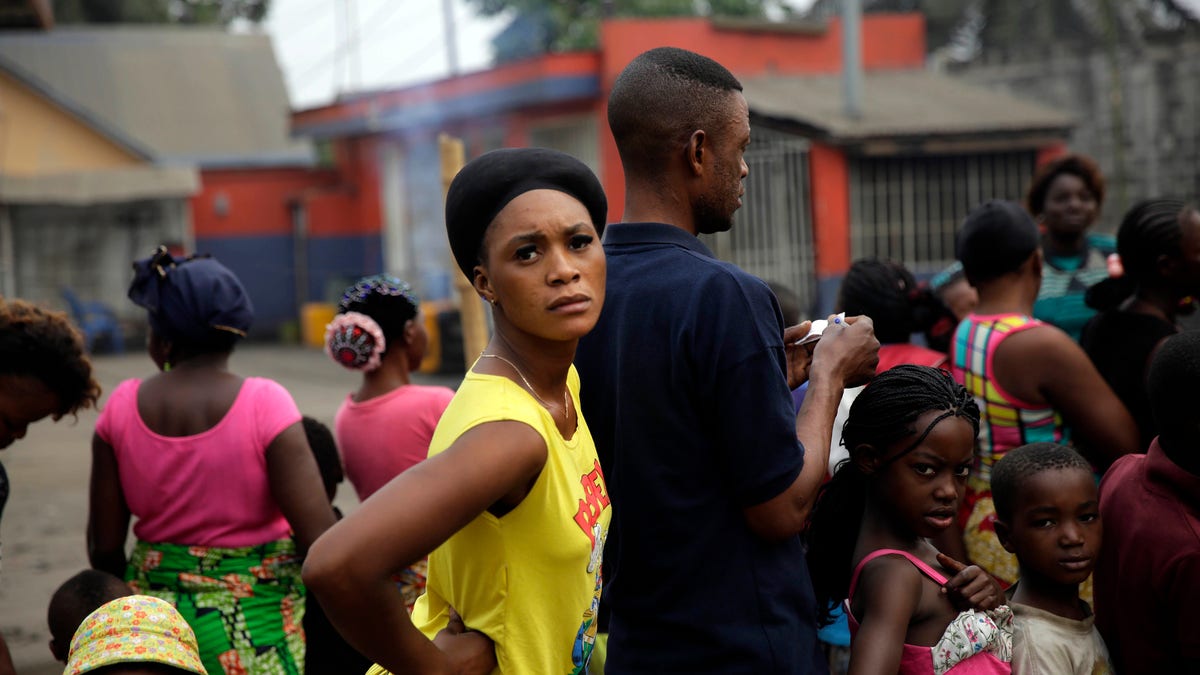
Residents of the Kisenso district of Kinshasa, Congo, line up to receive yellow fever vaccines on Thursday, July 21, 2016. Some experts say about 40 million vaccines are needed to extinguish the outbreak _ enough to immunize everyone in Angola and Kinshasa. To date, the World Health Organization and partners say they have shipped more than 18 million doses of yellow fever vaccine for emergency campaigns. They are 22 million doses short. (AP Photo/Jerome Delay) (Copyright 2016 The Associated Press. All rights reserved. This material may not be published, broadcast, rewritten or redistribu)
LUANDA – Angola declared the end of the world's worst yellow fever epidemic in a generation on Friday after a U.N.-backed vaccination campaign of 25 million people that resulted in no new cases in six months.
The outbreak began a year ago in a slum in the capital, Luanda, before spreading throughout Angola, a war-scarred southeast African nation, and into neighboring Democratic Republic of Congo. In all, more than 400 people died.
More than 15 million Angolans and 10 million Congolese were vaccinated under a campaign coordinated by the World Health Organization (WHO).
In a statement entitled "The end of the epidemic of Yellow Fever in Angola", the health ministry in Luanda said the vaccination campaign had stopped the spread of the disease.
The WHO said in September the epidemic was under control but that it was too early to say it had been completely stamped out, with up to 6,000 suspected cases of the mosquito-borne disease.
The vaccination campaigns depleted the global stockpile of 6 million doses twice this year, forcing doctors to switch to administering one-fifth of the normal dose, a tactic that the WHO says gives at least temporary protection.
The risk of such outbreaks globally has risen in recent years due to urbanization and the increasing mobility of the population. It was particularly acute this year because of the El Nino weather phenomenon which multiplied mosquito numbers.
Yellow fever is transmitted by the same mosquitoes that spread the Zika and dengue viruses. The "yellow" in the name refers to the jaundice that affects some patients.
(Reporting by Herculano Coroado; Writing by Joe Brock; Editing by Ed Cropley and Louise Ireland)
